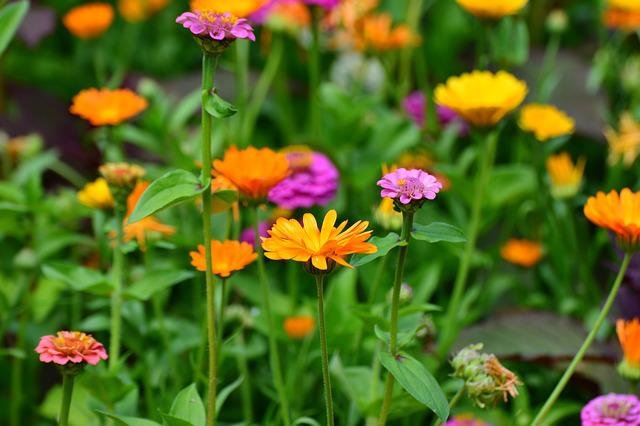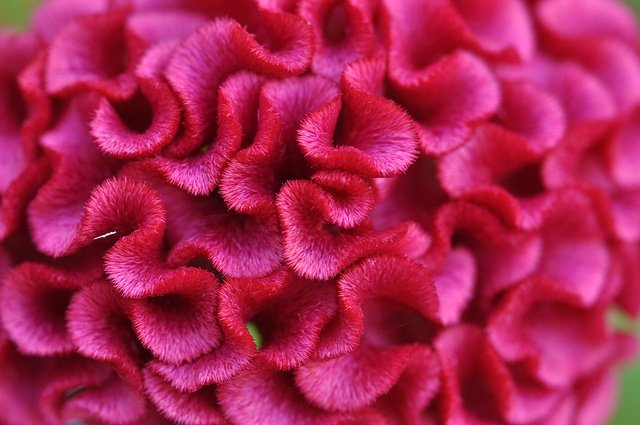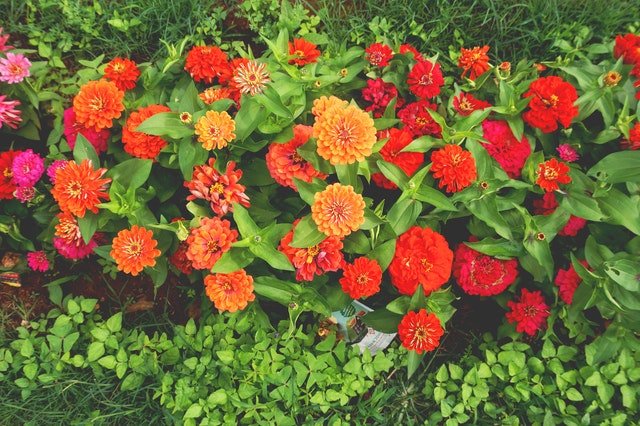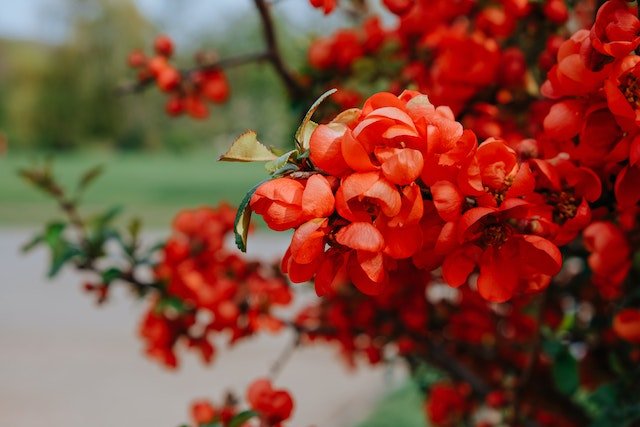Last updated on July 6th, 2023 at 06:44 am
When it comes to gardening and landscaping, one of the most important decisions you can make is choosing plants that are compatible with your soil and environment. Some species of shrubs with shallow roots allow them to grow in shallow soil.

If you have a garden with shallow soil, or if you are looking for plants that are low-maintenance, then consider using shallow root shrubs. In this article, we will discuss why some plants have shallow roots, how to care for them, and list some of our favorite shrubs for shallow soil.
Table of Contents
Some of our favorite shallow root shrubs.
There are many different types of shallow root shrubs, so it is easy to find one that will suit your needs. Here are a few of our favorites:
– Hydrangea macrophylla
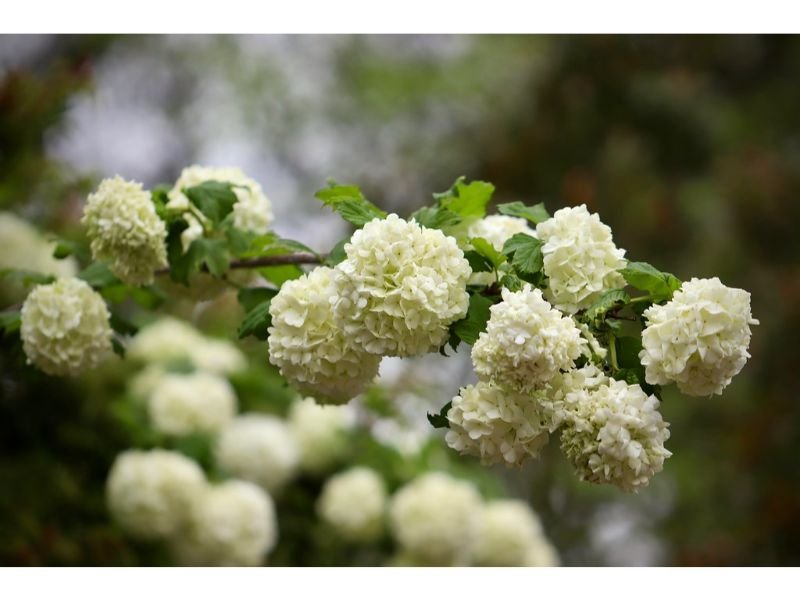
Hydrangea macrophylla, often called bigleaf hydrangea or hortensia, is a species of flowering plant native to Japan. Hydrangeas are popular garden shrubs with showy Flower heads. The plants can vary greatly in size, from small bushes only a few feet tall to large shrubs that can reach 6–8 feet in height.
The root systems of hydrangeas are relatively shallow, making them susceptible to drought and heat stress. However, they are tolerant of heavy clay soils and can thrive in shady locations. Hydrangeas are available in a wide range of colors, including white, pink, blue, and purple.
They are often used as ornamental plants in gardens and parks. Bigleaf hydrangeas are particularly popular in the southern United States, where they are often used as foundation plants or hedge shrubs.
– Hibiscus syriacus

Hibiscus syriacus, more commonly known as the Rose of Sharon, is a dense, deciduous shrub that can reach heights of up to 12 feet. The plant has a small root system that allows it to quickly spread and fill in empty spaces in the garden.
The Rose of Sharon is known for its beautiful flowers, which can be white, pink, or purple. The shrub blooms from late summer into fall, long after most other flowering plants have finished blooming. The Rose of Sharon is a good addition to any garden because it provides interest and color during a time when the garden may otherwise be looking barren. In addition, the plant is relatively low-maintenance and can tolerate poor soil conditions.
– Forsythia suspensa
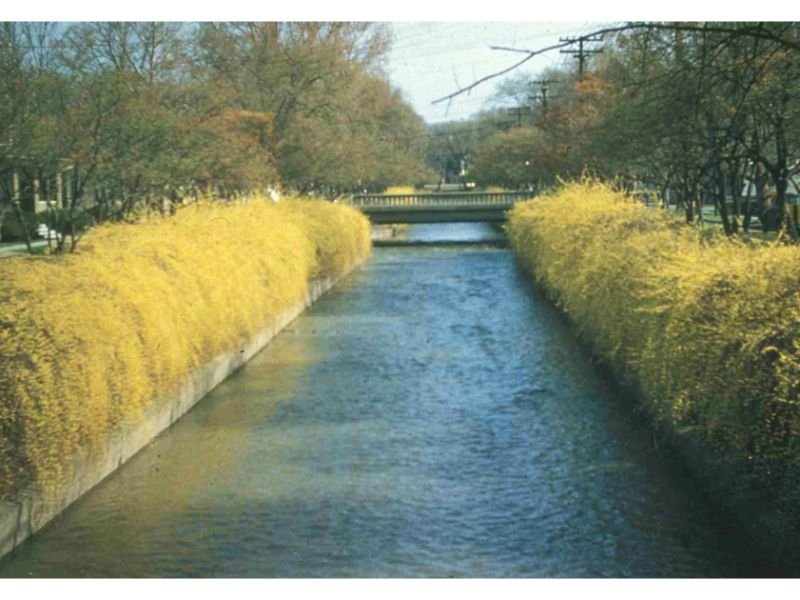
Forsythia suspensa, also known as golden bell or weeping Forsythia, is a deciduous shrub that is native to China. The plant typically grows to a height of 3-5 feet and has a spreading habit with long, arching branches. The stems are slender and slightly zigzagged, and the leaves are ovate-shaped and bright green. The plant produces small, yellow flowers that appear in clusters in early spring.
Forsythia suspensa is tolerant of a variety of soil types and prefers full sun to partial shade. It is also relatively drought-tolerant once established. The shrub can be propagated by seed, cuttings, or layering. Forsythia suspensa makes an excellent addition to the landscape as an accent plant or border hedge. It can also be used in mass plantings or as a foundation planting around homes and other buildings.
– Buddleja davidii
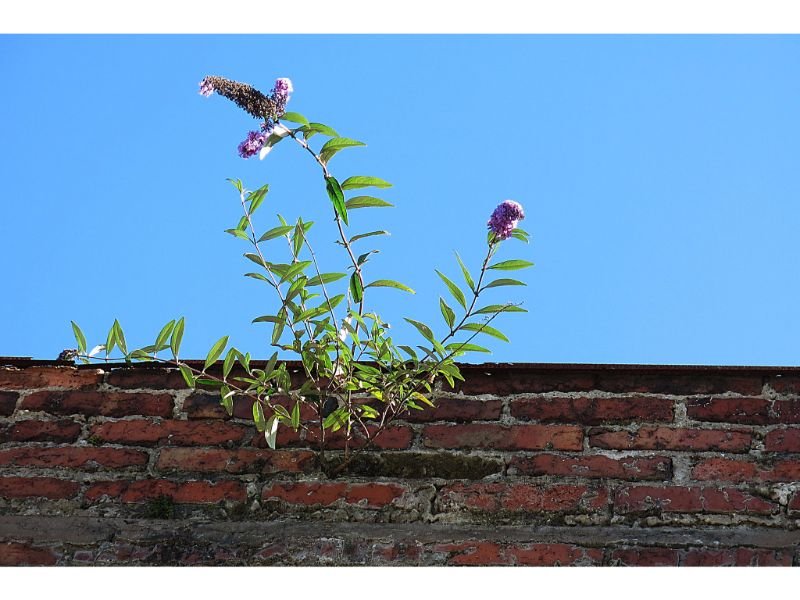
Buddleja davidii, also known as summer lilac, is a popular shrub that is known for its vibrant flowers and easy care. The plants can grow up to six feet tall and have a spreading habit, making them a good choice for covering a large area. Buddleja davidii shrubs are also drought tolerant and thrive in full sun, making them a low-maintenance option for the garden.
One of the reasons why Buddleja davidii shrubs are so popular is because they attract butterflies and bees, providing valuable pollination services for the garden. In addition, the flowers are also long-lasting and make excellent cut flowers for bouquets. Overall, Buddleja davidii shrubs are a versatile and easy-care option for the garden that will provide months of color and interest.
– Weigela Florida

Weigela Florida shrubs are a popular choice for gardens due to their showy flowers and ability to attract wildlife. The plants can grow up to 3m tall and have a shallow root system, making them ideal for border planting. Their dense network of roots also makes them effective at preventing soil erosion.
In addition, the flowers are a valuable source of nectar for bees and other pollinators. As a result, Weigela Florida shrubs are a good choice for gardeners who are looking to add some color and interest to their gardens.
– Deutzia scabra
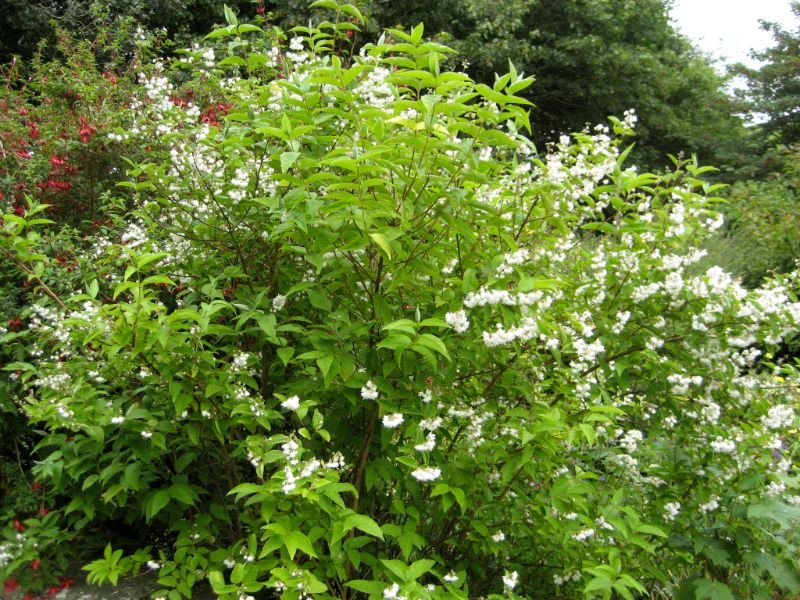
Deutzia scabra shrubs are a popular choice for gardens because of their showy flowers and tidy growth habit. They typically grow to between 2 and 3 feet tall, with a spread of around 4 feet. The roots are relatively shallow, making them easy to transplant.
Deutzia scabra shrubs are also relatively low-maintenance, only requiring occasional pruning to keep them looking their best. In addition, the flowers are borne on new wood, so they will still bloom even if the plant is not pruned regularly. Given all these factors, it is no wonder that Deutzia scabra shrubs are such a popular choice for gardens large and small.
– Kerria japonica
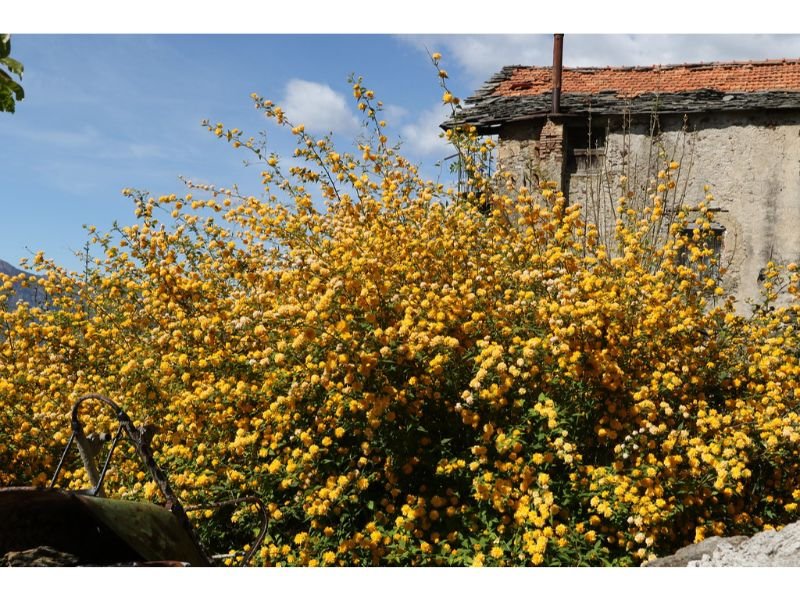
Kerria japonica shrubs are popular garden plants that are known for their bright yellow flowers. These shrubs can grow to a height of six feet and have a shallow root system. This makes them a good choice for gardens with limited space. Kerria japonica shrubs are also drought tolerant and can thrive in full sun or partial shade.
The flowers of these shrubs attract bees and other pollinators, making them a valuable addition to the garden. In addition, the leaves of Kerria japonica shrubs turn a beautiful red hue in the fall. For all these reasons, Kerria japonica shrubs are a great choice for any garden.
– Abelia Chinensis

Abelia Chinensis, commonly known as Chinese abelia, is a shrub in the honeysuckle family. It is native to China and Vietnam. The plant grows to be 3-6 feet tall with a spread of 4-6 feet. Abelia Chinensis has a shallow root system and is suitable for growing in USDA hardiness zones 6-9.
The plant blooms from June to October with tubular, pink flowers. The flowers are followed by small, dark fruits. The leaves of the plant are evergreen and turn red in the fall. Chinese abelia is a good addition to the garden because it is low maintenance, deer resistant, and attracts hummingbirds and butterflies.
Each of these shallow root shrubs is easy to care for and maintain. They are all drought-tolerant and can tolerate a wide range of soil conditions. If you are looking for a shallow root shrub to add to your garden, we highly recommend one of these varieties.
The benefits of shallow root shrubs.
Many gardeners choose shallow root shrubs because they are low-maintenance and easy to care for. These types of plants do not need to be watered as often as plants with deep roots, and they are less susceptible to drought. Shallow root shrubs also require less fertilizer, and they are less likely to be damaged by heavy rains or flooding.
How to care for shallow root shrubs.
Although shallow root shrubs are easier to care for than other types of plants, they still require some basic maintenance.
Here are a few tips on how to care for your shallow root shrubs:
– Water regularly, especially during dry periods.
Shrubs with shallow roots need more watering during dry periods for a couple of reasons.
First, they don’t have the same root depth as deep-rooted plants, so their access to moisture is limited.
Second, shallow-rooted plants are more likely to be located in areas with poor drainage or high evaporation rates. Consequently, they lose water more quickly and need to be watered more often to maintain healthy growth. In general, you should water your shallow-rooted shrubs once or twice a week during dry periods.

Be sure to check the soil before watering to make sure it is actually dry; overwatering can also be detrimental to plant health. When in doubt, it’s always better to err on the side of too little water rather than too much.
– Mulch around the base of the plant to help retain moisture.
Mulching around the base of your shallow root shrubs is an important step in keeping them healthy. Mulch helps to retain moisture, which is critical for shallow-rooted plants. In addition, mulch provides a layer of protection against heavy rains and severe weather. It is important to choose the right type of mulch for your shrubs.
Organic materials such as bark or wood chips are a good choice, as they will break down over time and improve the soil quality. Inorganic materials such as gravel or stone can also be used, but they will not provide the same benefits as organic mulches. Be sure to apply a thick layer of mulch around the base of your shrubs, and be sure to check it regularly to make sure it has not begun to break down.
– Fertilize shallow root shrubs with a balanced fertilizer
Shrubs with shallow roots are some of the most beautiful plants in any garden. They have a delicate root system that allows them to absorb nutrients and moisture from the soil quickly. However, this also means that they are more susceptible to drought and damage from excessive fertilizer. To keep your shallow root shrubs healthy, fertilize them with a balanced fertilizer. This will help to provide the nutrients they need without causing any damage.
– Prune shallow root shrubs regularly to encourage new growth.
One of the most important things to remember when caring for shallow root shrubs is to prune them regularly. This encourages new growth, which helps to offset any damage that may have been done by pruning. Cut back the stems by a third each year to encourage bushy growth.
We hope this article has been helpful in teaching you about shallow root shrubs. Now that you know more about them, we encourage you to go out and find the perfect one for your garden. With a little care and attention, shallow root shrubs can be a beautiful and low-maintenance addition to any landscape. Thanks for reading!
Do you have a favorite shallow root shrub? Let us know in the comments below! And be sure to check out our other gardening articles for more tips and advice. Happy planting!

Gardening is my passion and growing plants indoors has always been a stress relief for me. Grow a banana tree in my apartment once (although failed to produce bananas).


